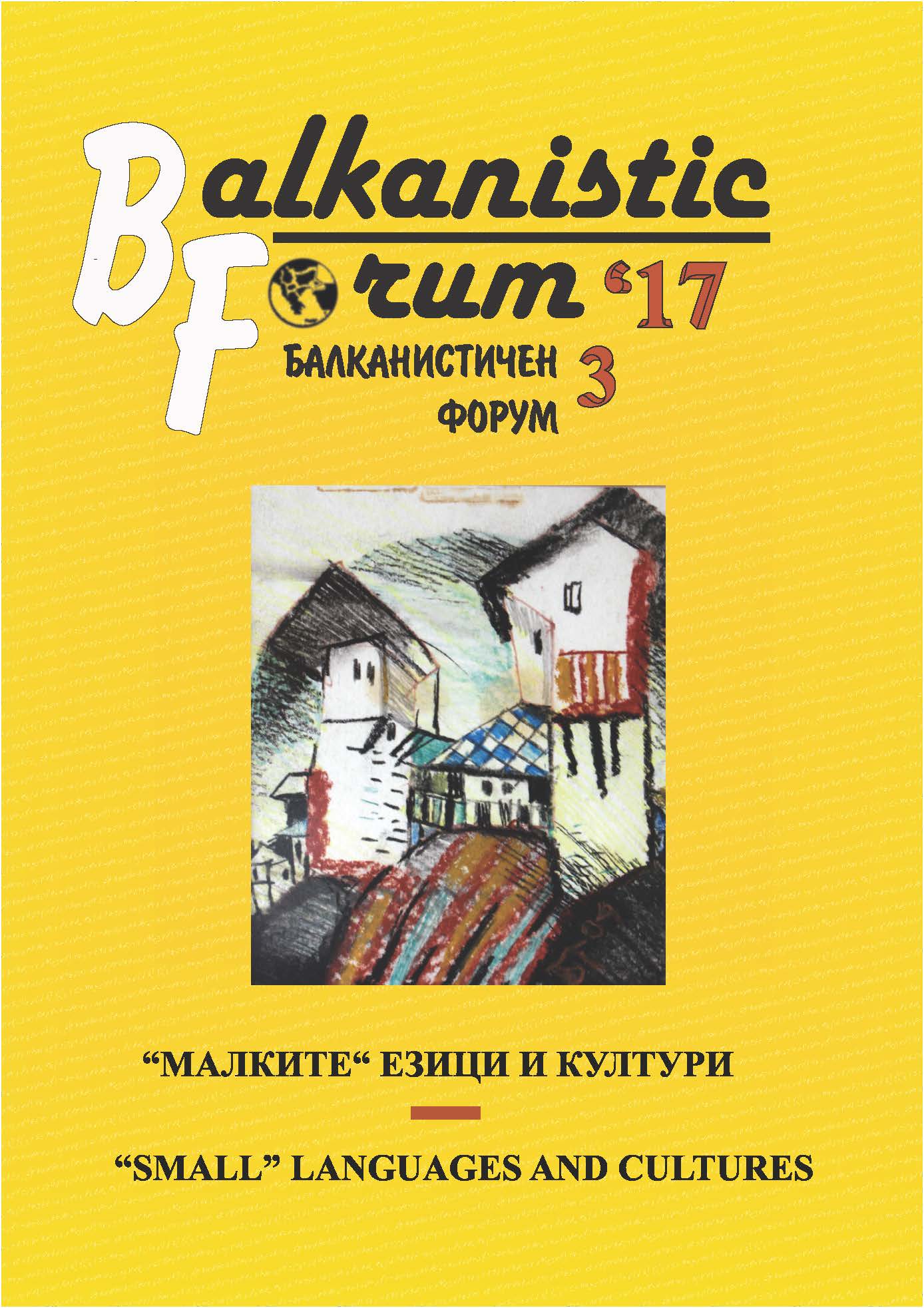Wie südslavische Mikroliteratursprachen (nicht)
entstehen: Sprachplanerische Grundsätze,
Rahmenbedingungen und Schwierigkeiten
(skizziert am Beispiel des Bunjewatzischen
und des Pomakischen)
How the South-Slav Microlanguages (don’t) Appear: Production of Language Planning, Frames and Difficulties (on the Example of Bunjevac and Pomak languages)
Author(s): Martin HenzelmannSubject(s): Language studies, Language and Literature Studies
Published by: ЮГОЗАПАДЕН УНИВЕРСИТЕТ »НЕОФИТ РИЛСКИ«
Keywords: Slavic microlanguage; language standardisation; minority; Bunjevci; Pomaks
Summary/Abstract: In this paper, I focus on theoretical framework in order to explain the term “Slavic micro-language.” Then, I will be taking a closer look at two attempts of language standardisa-tion: the situation with the Bunjevci in Serbia and with the Pomaks in Greece. I assume that an authentic standardisation is only possible in appropriate linguistic, social, and political settings of these minority speakers.
Journal: Балканистичен Форум
- Issue Year: 2017
- Issue No: 3
- Page Range: 34-49
- Page Count: 16
- Language: German
- Content File-PDF

